Understanding Electric Surfboards with Battery Technology
Electric surfboard with battery technology have revolutionized water sports, allowing enthusiasts to ride the waves with minimal effort. Unlike traditional surfboards, which rely solely on the paddler’s strength, electric surfboards offer a motorized experience that can enhance your surfing enjoyment. These boards are powered by rechargeable lithium-ion batteries, providing users with extended ride times and the ability to navigate a variety of water conditions. When searching for the right electric surfboard with battery technology, it’s crucial to consider factors such as battery life, weight, and ease of use.
By understanding how the battery technology works, you can make informed choices when selecting your electric surfboard. Most electric surfboards with batteries come equipped with advanced features like adjustable speed settings and wireless remote controls, allowing users to tailor their surfing experience. The electric motor assists with acceleration and can help beginners learn to balance on the board more easily. As you become more familiar with the board, the motor can also enhance performance, allowing you to catch waves more efficiently. A good understanding of battery capacities and their implications in terms of ride time and performance will greatly impact your overall satisfaction with the board.
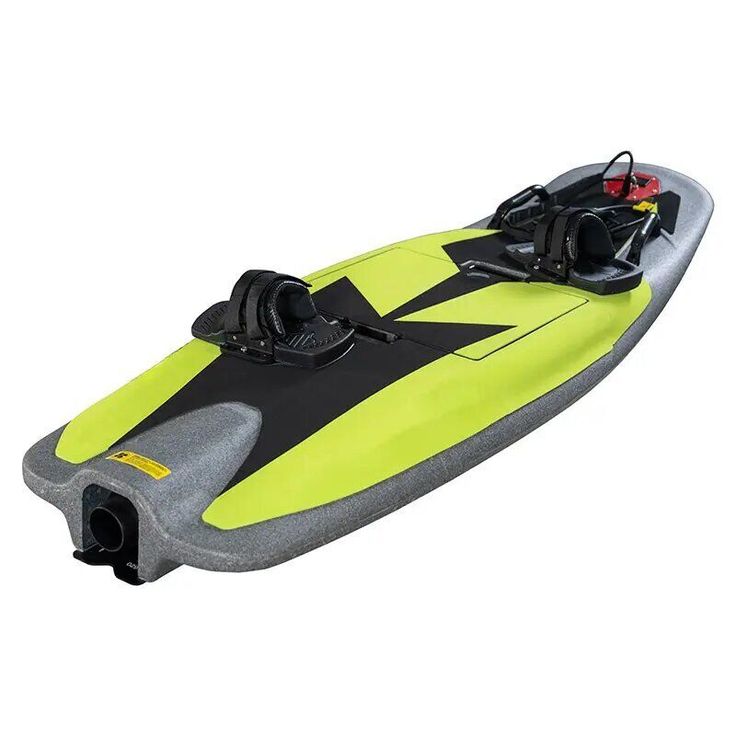
Key Features to Look for in Electric Surfboards with Battery
When choosing the right electric surfboard with battery, it’s essential to consider several key features that can significantly influence your riding experience.
- Battery Capacity: One of the most crucial aspects is the battery capacity, which determines how long you can enjoy the board before needing to recharge. Boards equipped with larger battery capacities are likely to offer extended ride times, making them ideal for longer sessions on the water.
- Motor Power: The motor power typically ranges from 1,000 to 5,000 watts. For example, the motor power of the efly personalized electric surfboard with battery (French:efly planche de surf électrique personnalisée avec batterie) is 3 kilowatts. A more powerful motor translates to quicker acceleration and can be particularly beneficial for heavier riders or those seeking a thrilling experience. A robust motor can significantly enhance your surfboarding adventure.
- Weight: Consider the overall weight of the board, as lightweight models are generally easier to maneuver and transport. A lighter board can facilitate mobility when navigating waves and during transportation to and from the beach.
- Adjustable Speed Settings: Look for boards that offer adjustable speed settings, allowing you to customize your ride.
- Dimensions and Shape: The dimensions and shape of the surfboard are vital for effective paddling and wave riding. A board’s shape can impact stability and control, making it important to choose one that suits your riding style.
- User Ratings and Reviews: Finally, take note of user ratings and reviews provided by manufacturers. Insights from fellow riders can offer valuable guidance based on real experiences, helping you make an informed decision tailored to your needs and preferences.
By assessing these factors, you can ensure that you select an electric surfboard with battery that aligns with your riding style and skill level.
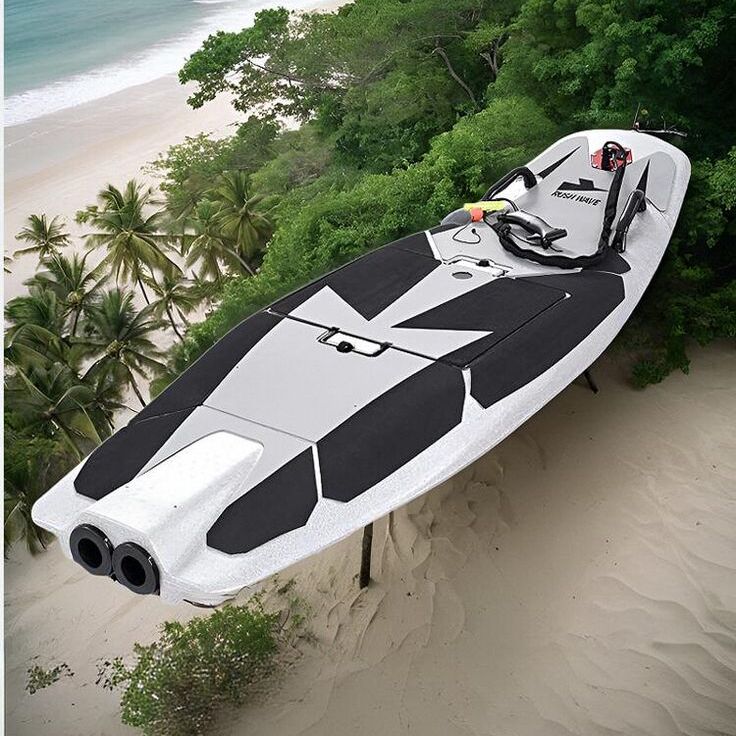
Comparing Battery Types for Electric Surfboards
Not all batteries are created equal when it comes to electric surfboards. There are two primary battery types you’ll encounter: lithium-ion and Lead-acid. Lithium-ion batteries are generally favored in modern electric surfboards because they are lighter, have a higher energy density, and offer longer lifespans compared to lead-acid batteries.
One of the advantages of choosing an electric surfboard with lithium-ion batteries is their ability to provide consistent power throughout the discharge cycle, which means you won’t experience significant drops in performance as the battery depletes. On the other hand, lead-acid batteries are heavier and bulkier but can be less expensive upfront. If you’re serious about water sports, investing in an electric surfboard with battery technology that utilizes lithium-ion cells will likely offer better performance in the long run. Lastly, consider the charging time for each type of battery. While lithium-ion batteries typically charge faster, having a board with quick-charge capabilities is an essential feature to look for.
How to Determine the Right Size for Your Electric Surfboard with Battery
Choosing the right size for your electric surfboard with battery is essential for optimal performance. Boards come in various sizes, and the right fit depends on your weight, skill level, and intended use. Generally, larger boards provide more stability, making them a great choice for beginners or heavier riders. Conversely, smaller boards are often more maneuverable and can be better suited for experienced surfers looking to perform tricks.
When selecting a size, also consider the board’s volume, as this can significantly affect buoyancy. For instance, a board with higher volume will float better and can be easier for beginners to control. It’s advisable to consult with the manufacturer’s size guide to find a board that matches your weight and riding style. Many brands offer recommendations based on the rider’s weight, so picking a board specifically designed for your needs can make a difference in your surfing experience. Overall, finding the right size can impact your balance and overall enjoyment while riding an electric surfboard with battery technology.
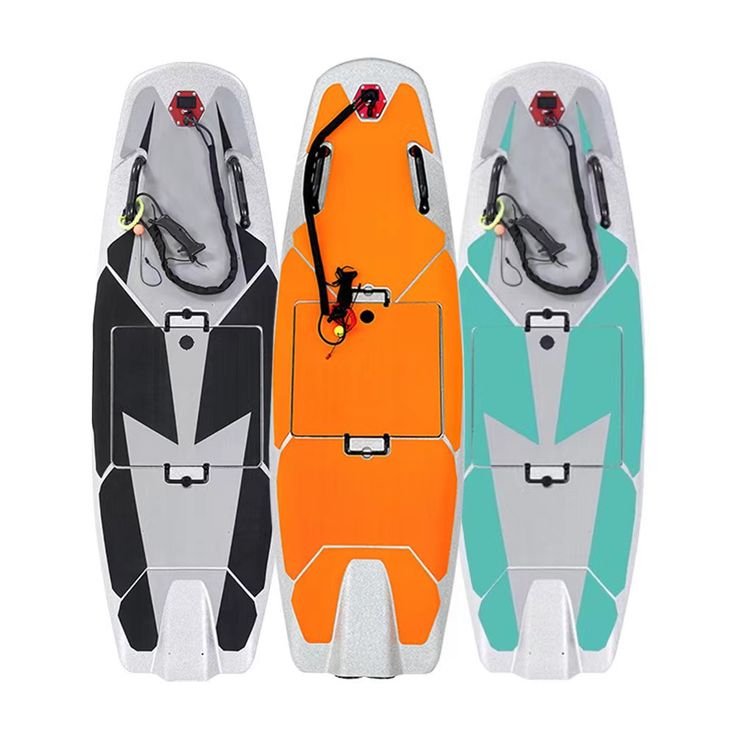
Evaluating Performance Capabilities of Electric Surfboards with Battery
Performance is a critical factor when selecting your electric surfboard with battery. Assess the top speed the board can achieve, as this can vary significantly among different models. Most electric surfboards can reach speeds between 20 to 30 miles per hour. If speed is a primary concern for you, opt for a model known for its performance capabilities.
Additionally, consider the performance implications of the board’s weight and motor type. Some boards are designed with a focus on speed, while others prioritize stability and control. Riders looking for fun and exhilarating experiences might prefer a faster model, while those focused on casual rides may lean towards boards that provide better stability. Check user reviews and specifications to gain insights into how well the electric surfboard performs in various water conditions. It’s also worthwhile to explore if the board can handle choppy waters or is more suited for calm lakes and rivers.
Safety Features of Electric Surfboards with Battery
As with any water sport, safety should be a top priority when using electric surfboards with battery technology. Many modern boards come equipped with safety features that can prevent accidents and injuries during your riding experience. One essential feature to look for is a kill switch, typically attached to the rider’s wrist. This device automatically cuts power to the motor if you fall off the board, reducing the risk of injury from a runaway board.
Another safety feature to consider is the board’s buoyancy. Electric surfboards designed to float well are safer, as they provide users with a better chance of retrieving the board easily after a fall. Some models feature bright colors or LED lights, which enhance visibility during low-light conditions, contributing to rider safety. Furthermore, always ensure you wear a suitable life jacket when riding; many electric surfboard enthusiasts encourage the use of personal flotation devices (PFDs) as an added safety measure. Adhering to water safety guidelines and being aware of your surroundings while riding can minimize risks and lead to a more enjoyable experience on the water.
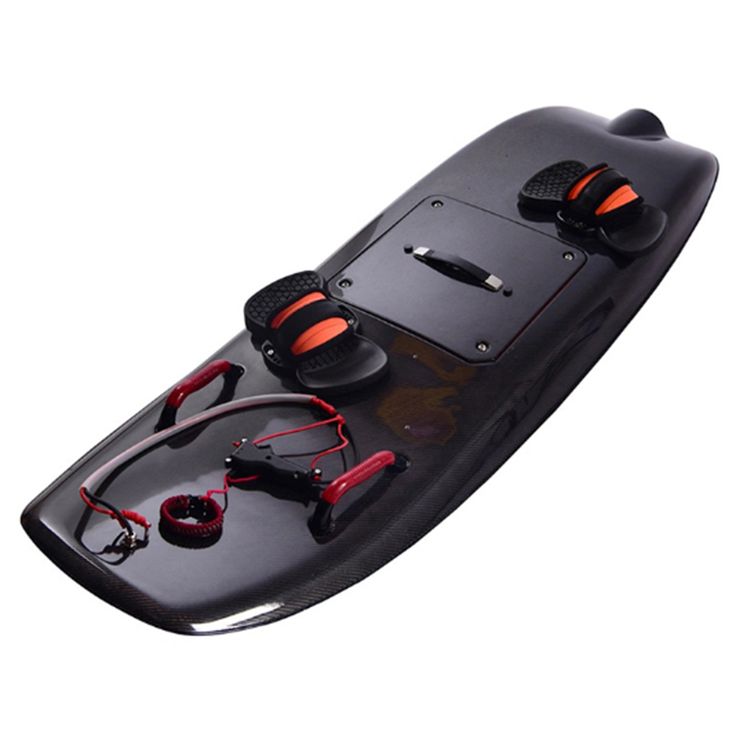
Maintenance Tips for Your Electric Surfboard with Battery
To ensure the longevity and peak performance of your electric surfboard with battery, regular maintenance is vital. Start with inspecting the board after each use, checking for damages or wear and tear, particularly on the battery compartment and edges. Rinse the board with fresh water, especially if you’ve used it in saltwater, as salt can corrode electronic components over time.
The battery is the heart of your electric surfboard, so keeping it in good condition is paramount. Avoid fully draining the battery; instead, aim to recharge it when it’s around 20% full. Most lithium-ion batteries prefer partial discharges to promote longevity. Also, check for firmware updates from the manufacturer, as these can improve performance and reliability. Lastly, store your electric surfboard in a cool, dry place when not in use, as extreme temperatures can affect the battery and the board’s materials. Taking these steps can help you maintain the quality of your electric surfboard with battery and enhance your overall surfing adventures.
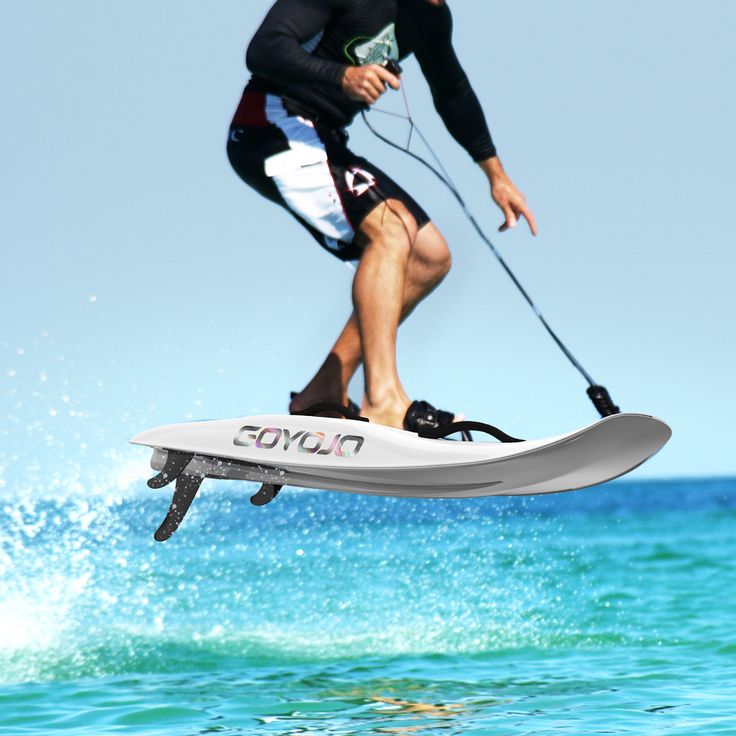
Conclusion
Selecting the ideal electric surfboard equipped with a suitable battery can greatly enhance your overall water sports experience. Understanding the intricate technology that powers these boards is essential, as it empowers you to make informed choices. Familiarizing yourself with the different battery types, performance capabilities, and unique features can help you identify the best match for your specific needs and preferences. Proper maintenance is equally important to ensure longevity and optimal performance of your board. By choosing the right electric surfboard, you not only elevate your surfing endeavors but also unlock a plethora of thrilling adventures on the water, enriching your time spent in nature.